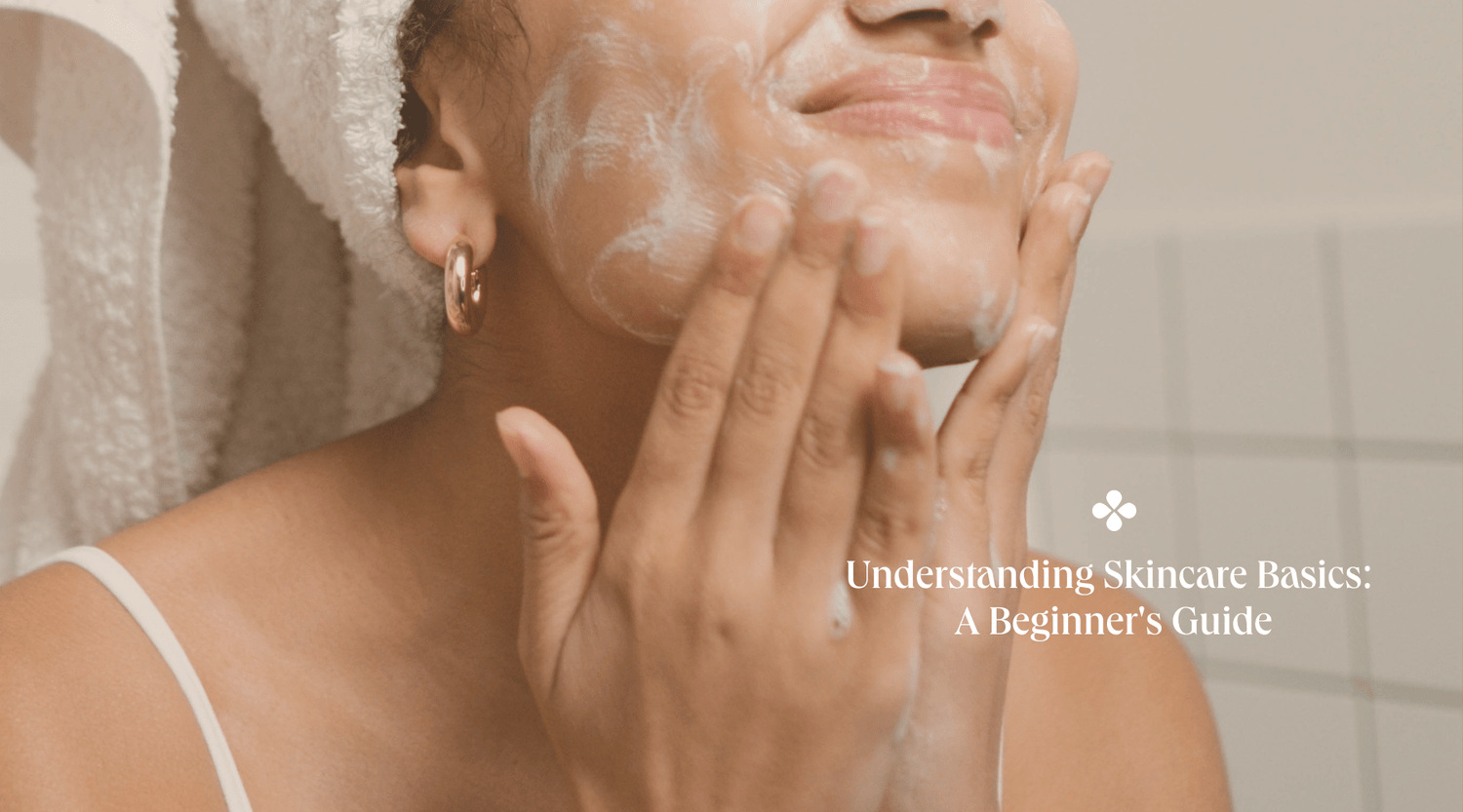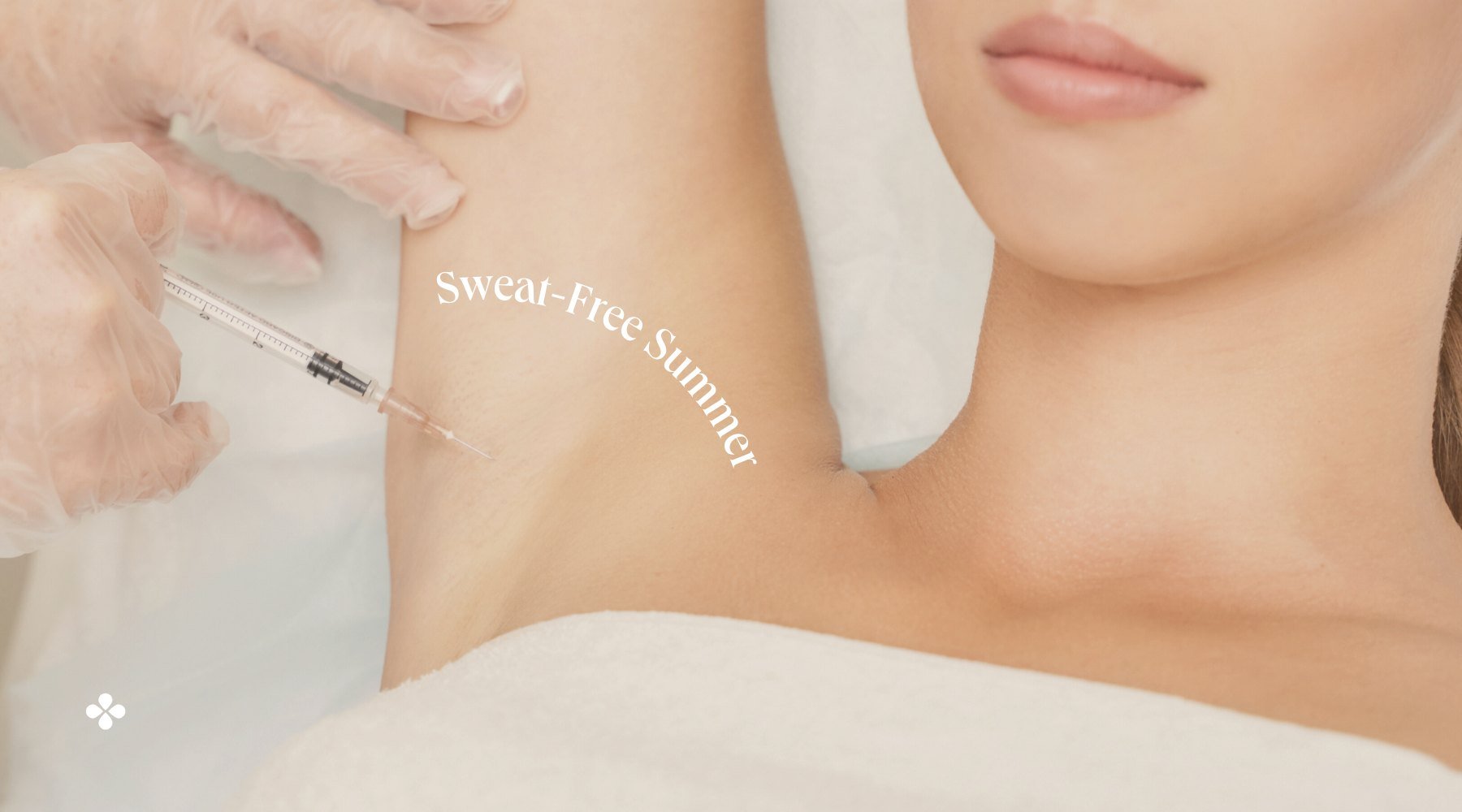Embarking on the journey to healthy, radiant skin can feel overwhelming, especially with the myriad of products and advice available. But fear not! This beginner's guide will walk you through the essential skincare basics to help you establish an effective and straightforward routine.
The Foundations of Skincare
At its core, skin care is about maintaining the health of your skin and addressing specific concerns like acne, dryness, or aging. An effective skincare routine typically includes cleansing, exfoliating, toning, moisturizing, and sun protection. Let’s break down each step.
Step 1: Cleansing
Cleansing is the first and most crucial step in any skincare routine. It removes dirt, oil, makeup, and impurities that accumulate on your skin throughout the day or oil and bacteria that have built up overnight.
- Choose the Right Cleanser: Opt for a gentle cleanser that suits your skin type. If you have oily or acne-prone skin, look for a foaming or gel cleanser. For dry or sensitive skin, a cream or hydrating cleanser is ideal.
- How to Cleanse: Use lukewarm water and gently massage the cleanser into your skin in circular motions. Rinse thoroughly and repeat if this is your evening cleanse. If it is the morning, pat your face dry with a clean towel. Cleanse your skin morning and night.
Step 2: Exfoliation
Exfoliation is the next vital step in your skincare routine. It helps remove dead skin cells, allowing for better absorption of skincare products and leaving your skin smoother and more radiant.
- Choose the Right Exfoliant: There are two types of exfoliants - physical and chemical. Physical exfoliants contain small granules or beads that manually remove dead skin cells. Chemical exfoliants contain ingredients like alpha hydroxy acids (AHAs) or beta hydroxy acids (BHAs) that dissolve dead skin cells. Your regimen should incorporate one of each type of exfoliant.
- How to Exfoliate: Apply your exfoliant to clean, damp skin. If you're using a physical exfoliant, gently massage it into your skin in circular motions and rinse thoroughly with lukewarm water. If you're using a chemical exfoliant, apply it evenly over your face. Exfoliate 3-7 times per week, depending on your skin's needs and tolerance.
Toning follows exfoliation and serves to balance your skin's pH levels, minimizes the appearance of pores, and remove any residual impurities.
- Choose the Right Toner: Look for a toner that suits your skin type and addresses your specific concerns. For oily or acne-prone skin, choose a toner with salicylic acid. For dry or sensitive skin, opt for a hydrating toner with ingredients like hyaluronic acid or rose water.
- How to Tone: After cleansing (and exfoliating), apply toner to a cotton pad and gently swipe it over your face, avoiding the eye area. Alternatively, you can pat the toner directly onto your skin with clean hands. Use toner morning and night for best results.
By following these steps – cleansing, exfoliating, and toning – you create a solid foundation for your skincare routine, ensuring that your skin is clean, smooth, and ready to absorb the benefits of subsequent treatments and moisturizers.
Step 3: Functional Hyrdation
Functional hydration is much move than a conventional moisturizer. Functional hydrators have small enough molecules to penetrate your epidermis, keeping your skin hydrated and maintaining its protective barrier.
- Select a Suitable Moisturizer: If you are transitioning from a conventional moisturizer to a functional one, you may need a lightweight conventional cream to supplement. For oily skin, choose a lightweight, oil-free moisturizer. Those with dry skin should opt for richer, cream-based formulas. If you have sensitive skin, look for fragrance-free and hypoallergenic options. If your skin is dry and flaking, that is where exfoliation comes to the rescue.
- Application Tips: Apply functional moisturizer before any other products; this should be the first contact with your skin. Conventional moisturizers can be applied as the last step before SPF
Step 4: Sun Protection
Sun protection is vital in preventing premature aging, sunburn, and skin cancer.
- Sunscreen Essentials: Use a broad-spectrum sunscreen with an SPF of at least 50, regardless of the weather or your skin type.
- How to Apply: Apply sunscreen as the final step in your morning routine. Be generous and cover all exposed areas, including your face, neck, and hands. Reapply every two hours if you're spending time outdoors. There are some great options such as powders to make the reapplication process a breeze.
Additional Tips for Healthy Skin
- Stay Hydrated: Drinking plenty of water helps keep your skin hydrated from the inside out.
- Balanced Diet: Eat a diet rich in fruits, vegetables, and healthy fats to provide your skin with essential nutrients.
- Avoid Harsh Products: Steer clear of products with alcohol, strong fragrances, and other harsh ingredients that can irritate your skin.
- Consistent Routine: Stick to your routine. Skincare benefits accumulate over time, so patience and consistency are key.
Addressing Specific Skin Concerns
As you become comfortable with the basics, you might want to address specific skin concerns. This could include incorporating treatments like exfoliants, serums, or masks into your routine. For personalized advice, consider booking a complimentary skin care consultation at Basis.
Understanding skincare basics is the first step towards achieving healthy, glowing skin. By following a simple routine of cleansing, moisturizing, and sun protection, you can lay the foundation for more advanced skincare practices. Remember, every skin type is unique, so choosing products and methods that work best for you is essential. Start today and embrace the journey to your best skin yet!




